From monitoring to resilience: Cryosphere information services in Central Asia

Summary
The cryosphere plays a vital role in Central Asia for communities, economies, and ecosystems, but the effects of climate change – melting glaciers, declining snow cover, and thawing permafrost – are increasing the risks to infrastructure, energy production, water supply, economic activities, and livelihoods. Reliable cryosphere information services are essential for informed decision-making and long-term resilience planning; and strengthening the links between monitoring systems and the decision-making and learning processes of service users is key to building a more resilient future for the region.
This booklet offers an overview of key cryosphere dynamics and future scenarios, explains how cryosphere data can be transformed into actionable information for decision-making, and showcases the results of Switzerland’s 15-year engagement in supporting cryosphere monitoring, capacity building, and science-policy dialogue in Central Asia.
This article is an abridged version of the original text, which can be downloaded from the right-hand column. Please access the original text for more detail, research purposes, full references, or to quote text.
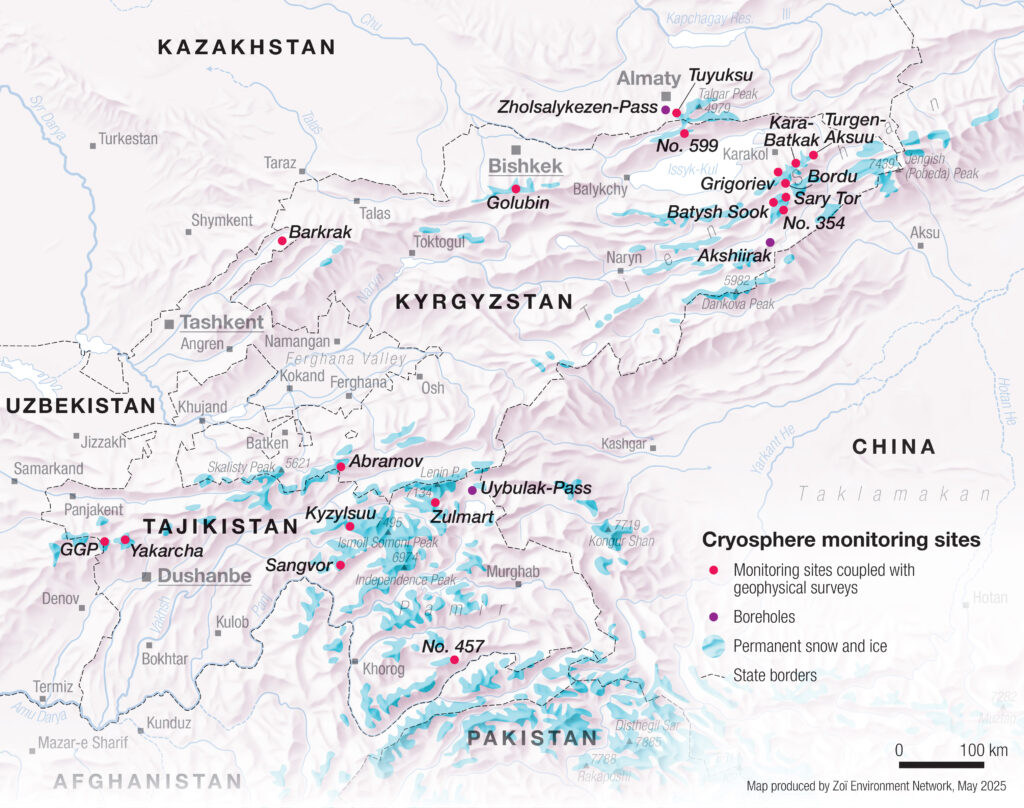
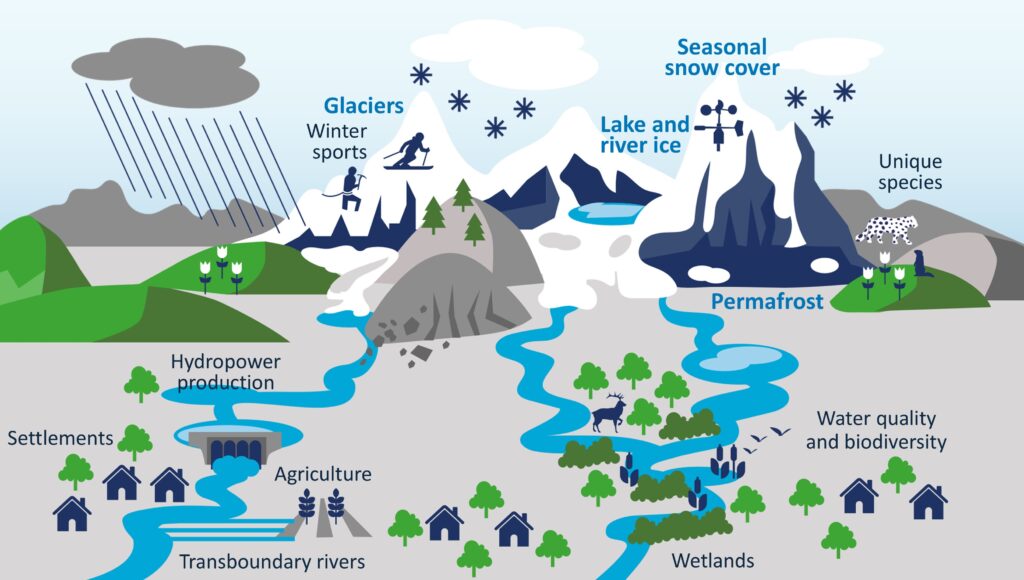
(Infographic produced by Zoï Environment Network)
Potential applications for cryosphere information services
Hydropower and irrigation:
- Check forecasts on seasonal water availability and contribution of meltwater from snow and glaciers
- Plan hydropower operation based on sub-daily resolution forecasts
- Consider slope stability and long-term changes in water flow for strategic and long-term planning
Roads and transport:
- Check forecasts on severe weather (including visibility) and snow avalanche risk
- Monitor rock stability and permafrost at high altitude sections and consider these in road planning and safety
Mining at altitude:
- Use data on timing, extent and depth of snow cover, risk of avalanches
- Monitor ice and rock stability and permafrost and consider these in industrial safety
- Model long-term stability of sites for safe tailings operation and waste management
Mountain tourism:
- Use data on timing and depth of snow cover, risk of avalanches
- Ask site-specific long-term snow and cryosphere modelling to plan or modify ski resorts and infrastructure
- Check forecasts and warnings on severe weather
- Check data on glaciers and glacial flood risk
Disaster risk reduction (DRR) and National Adaptation Plan (NAP) processes:
- Use risk and impact scenarios for DRR and for National Adaptation Plan process
- Use sectorally relevant data for line ministries and other agencies
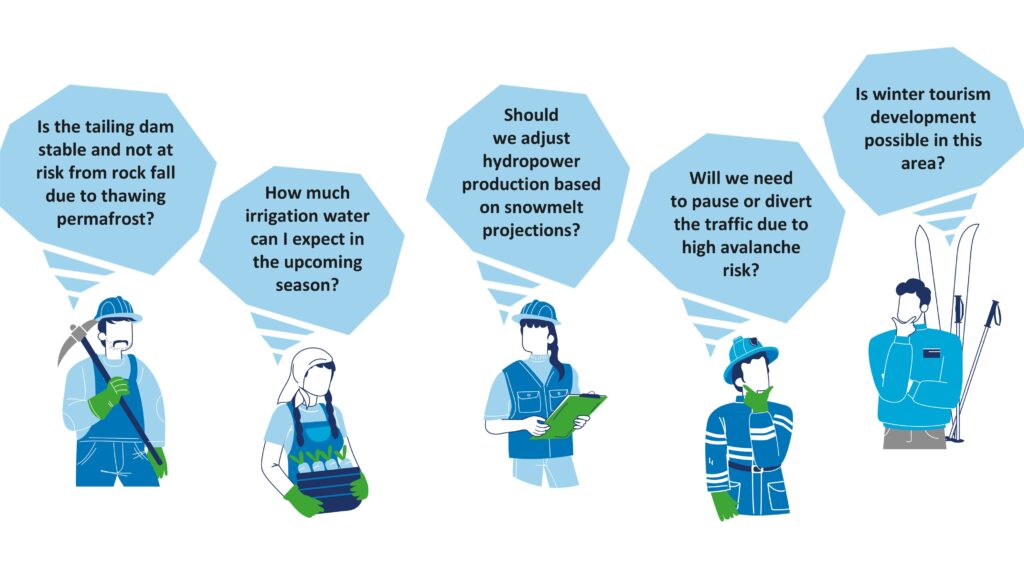
(Infographic produced by Zoï Environment Network)
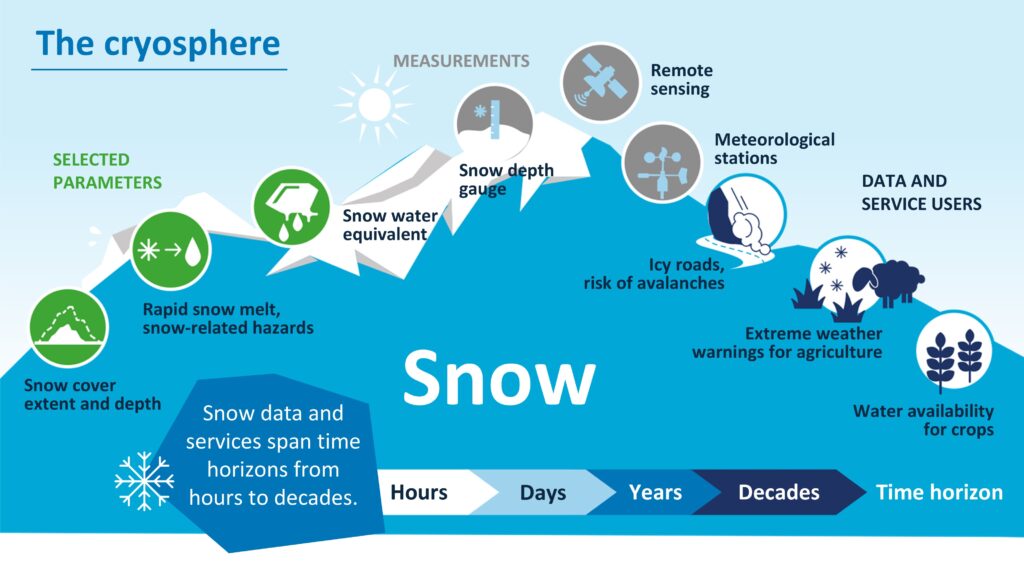
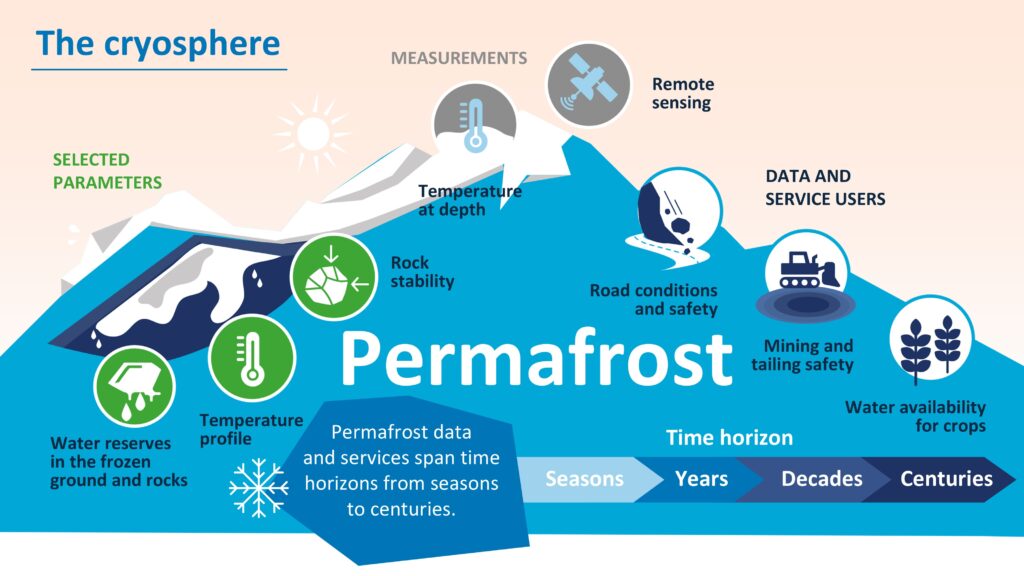
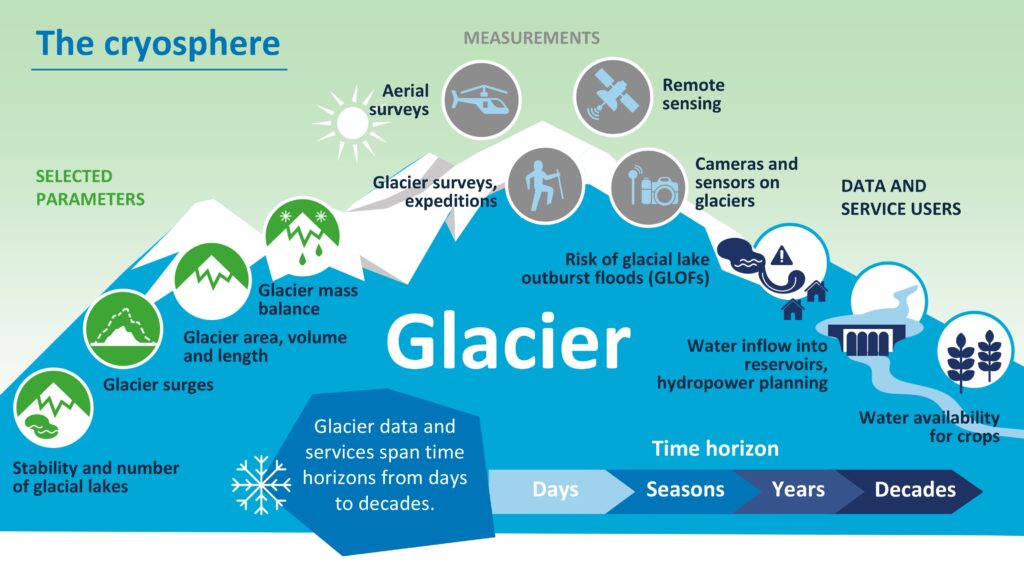
(Inforgraphic produces by Zoï Environment Network)
Policy recommendations
- To address the growing impacts of cryosphere loss on water availability, ecosystems, and hazards, it is essential to improve cryosphere information services by aligning them with user needs and by making use of cost-efficient and robust technology. Enhancing mutual understanding between users and providers, establishing supportive legal and institutional frameworks, and investing in low-maintenance monitoring and service dissemination solutions are all critical for achieving this.
- To enable accurate forecasting and projections, it is crucial to improve data exchange by establishing data- sharing mechanisms among countries and sectors. Supporting interoperability across platforms, and promoting open access policies that ensure timely, transparent, and coordinated use of cryosphere data are important to achieve this.
- To ensure that research continues beyond the lifespan of external projects, it is essential to strengthen local and national expertise in cryosphere research and secure funding through the development of training programmes, the promotion of citizen science, smart investments, and multi-stakeholder partnerships.
- To address the evolving climate change adaptation needs that vary across regions, it is essential to develop and implement demand-driven and demand-triggering projects through ongoing engagement with users and by designing modular projects that can be adjusted based on emerging needs and that contribute to National Adaptation Plans.
Suggested citation
CROMO-ADAPT Project (2025). From monitoring to resilience: Cryosphere information services in Central Asia. Available at: https://zoinet.org/product/ca-cryosphere-information-services/
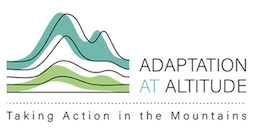
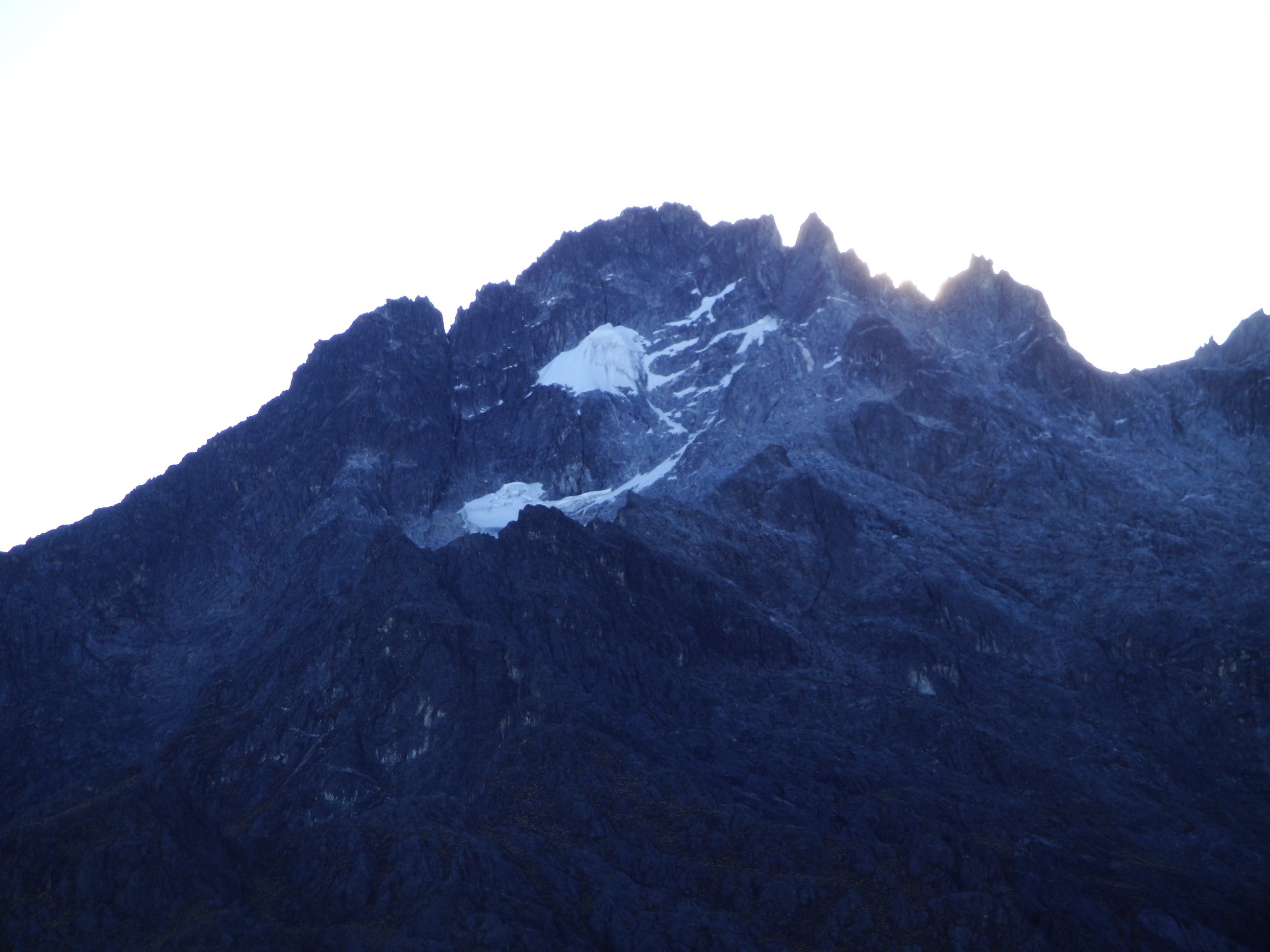

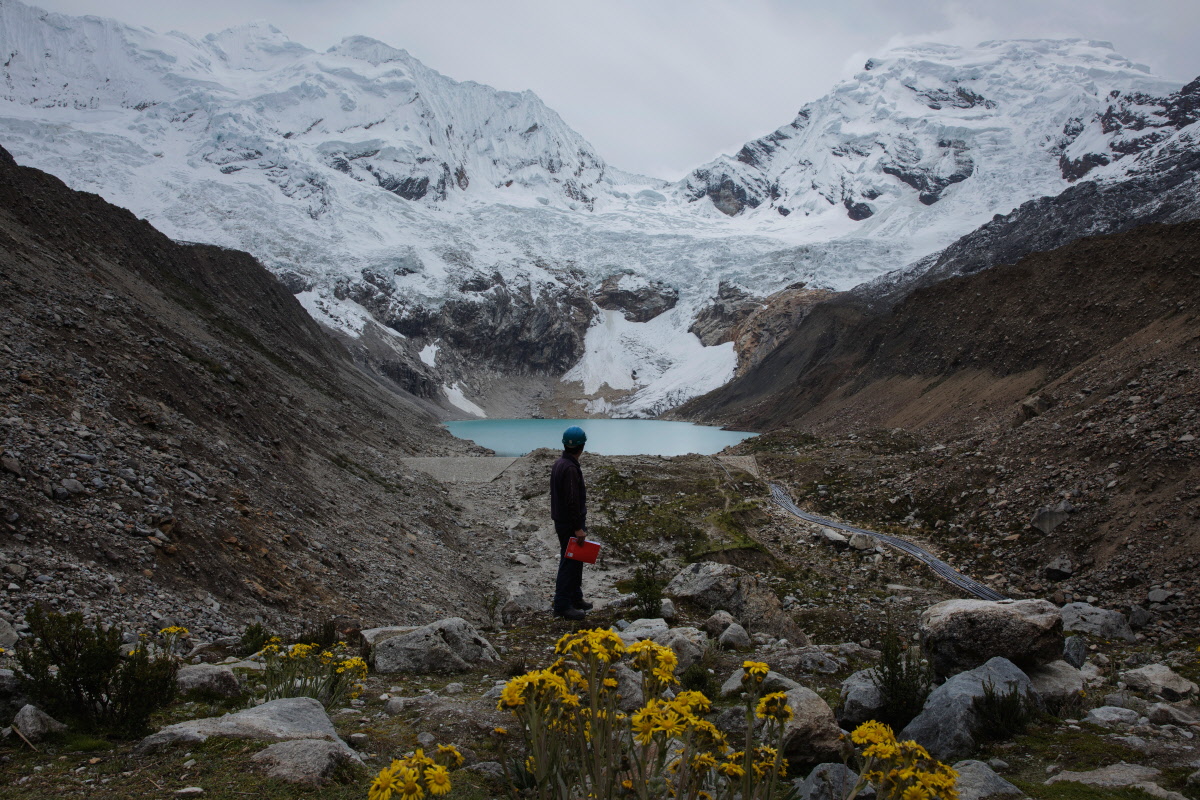

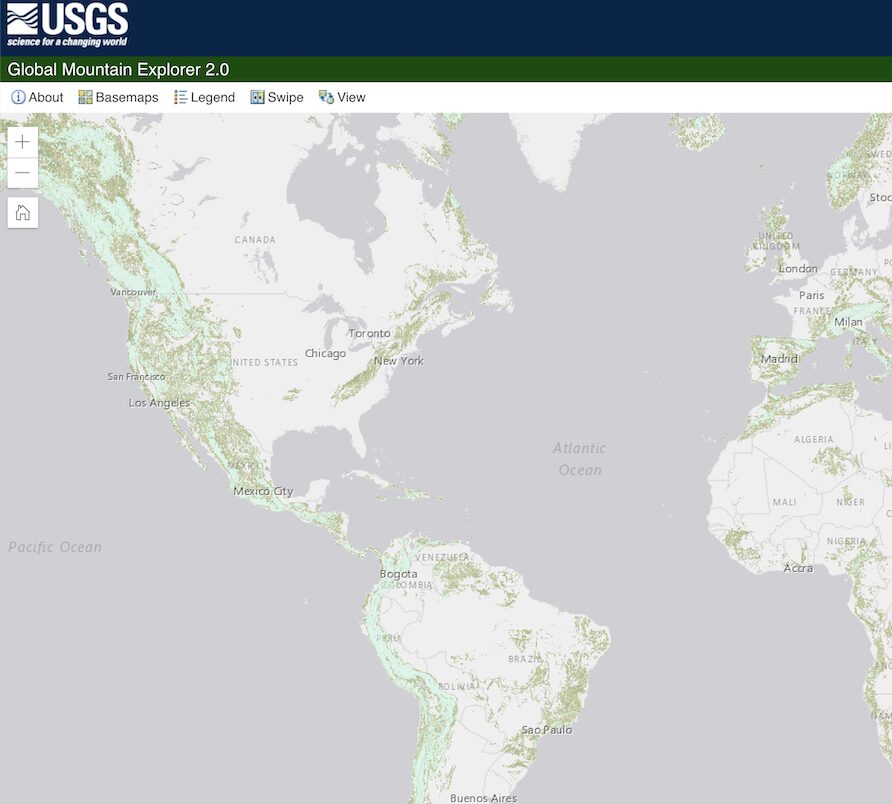
Comments
There is no content